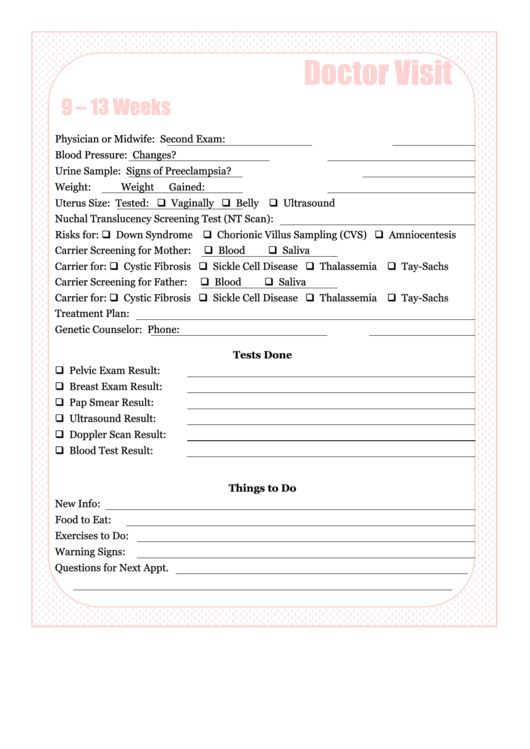

For example, your doctor may want to perform a cesarean section if there are severe variable decelerations early in the labor. Another factor is how close the baby is to being born. Such a pattern can be harmful to the baby.ĭoctors decide whether variable decelerations are a problem based on what else their heart rate monitors tell them. It can be a sign that the baby’s blood flow is reduced if variable decelerations happen over and over. The baby depends on steady blood flow through the umbilical cord to receive oxygen and other important nutrients. Variable decelerations happen when the baby’s umbilical cord is temporarily compressed. Variable decelerations are irregular, often jagged dips in the fetal heart rate that look more dramatic than late decelerations. Your doctor may opt to begin an urgent (or emergent) cesarean section if late decelerations and other factors indicate that the baby is in danger. In the third trimester, you'll be seen more often usually every other week until 36 weeks, and then every week until the baby is born. Late decelerations that occur along with a fast heart rate (tachycardia) and very little variability can mean that the contractions may be harming the baby by depriving them of oxygen. Typically, a pregnant woman will visit their doctor, midwife, or nurse practitioner every four weeks during the first and second trimesters. In some cases, late decelerations can be a sign that the baby isn’t getting enough oxygen. Antenatal care is not just medical appointments - it can also include antenatal or parenting classes if theyve been recommended by a doctor or midwife. Sometimes there is no cause for concern with late decelerations, as long as the baby’s heart rate also shows accelerations (this is known as variability) and quick recovery to normal heart rate range. They’re smooth, shallow dips in heart rate that mirror the shape of the contraction that’s causing them. Late decelerations don’t begin until the peak of a contraction or after the uterine contraction is finished. Early decelerations are generally not harmful. This causes the uterus to squeeze the head during contractions. They may also occur during early labor if the baby is premature or in a breech position. This often happens during later stages of labor as the baby is descending through the birth canal. Early decelerations can happen when the baby’s head is compressed. Late and variable decelerations can sometimes be a sign the baby isn’t doing well.Įarly decelerations begin before the peak of the contraction. Early decelerations are generally normal and not concerning. Weeks 28 to 36: Every other week Week 36 until birth: Every week The frequency of prenatal appointments increases in the third trimester because certain pregnancy complications like preeclampsia are more likely to appear then. There are three basic types of decelerations: early decelerations, late decelerations, and variable decelerations. Decelerations are temporary drops in the fetal heart rate.


 0 kommentar(er)
0 kommentar(er)
